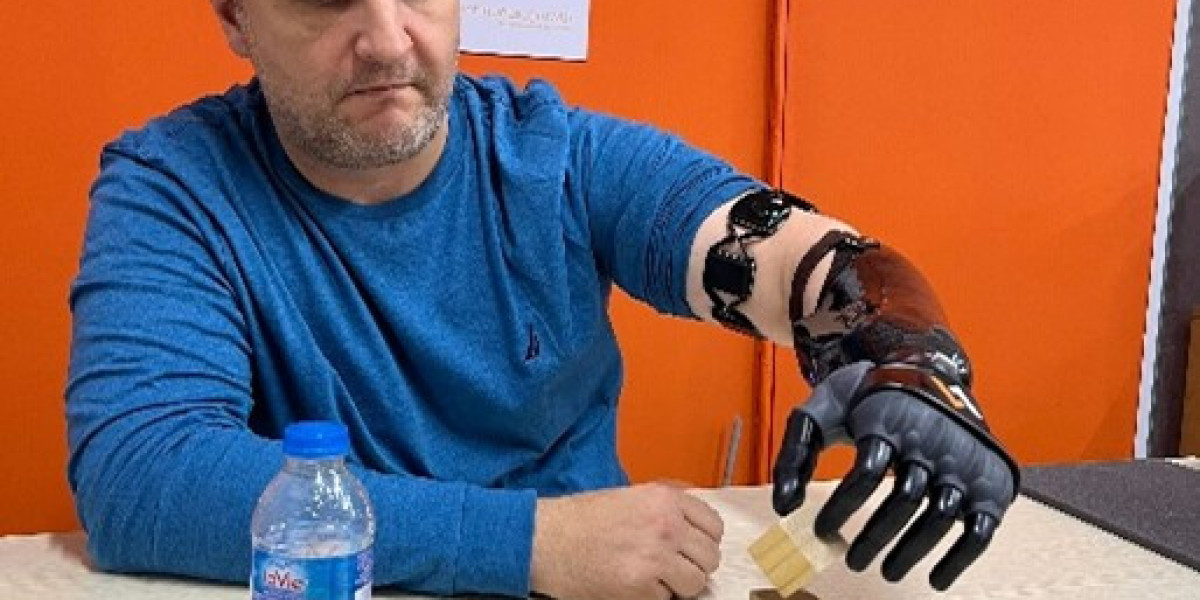Selecting the right bionic arm is a crucial decision that involves careful consideration of various factors. Whether you're an individual seeking a prosthetic solution or a clinician assisting in the decision-making process, this guide aims to provide comprehensive guidance on factors to consider when choosing a bionic arm.
**1. Assessing Individual Needs and Lifestyle
Understanding the unique needs and lifestyle of the individual is the cornerstone of selecting an appropriate bionic arm. Consider the following aspects:
Occupation: Different professions may require specific functionalities. For example, an artist may benefit from fine motor control, while a construction worker may prioritize robustness and durability.
Daily Activities: Analyze the individual's daily routines and activities. Consider the range of motion and grip patterns needed for tasks like typing, cooking, or engaging in recreational activities.
Comfort and Fit: A bionic arm should offer a comfortable fit for extended use. Ensuring that the prosthesis aligns with the user's body mechanics minimizes discomfort and maximizes usability.
**2. Functionalities and Control Options
Bionic hand come with various functionalities and control options. Understanding these features is essential for tailoring the prosthetic to the user's specific requirements:
Multiple Degrees of Freedom: A bionic arm with multiple degrees of freedom allows for more natural and versatile movements. This is particularly crucial for tasks that require precision.
Control Mechanism: Consider the control mechanism, whether it's myoelectric signals, sensor technologies, or mind-controlled interfaces. The chosen control should align with the user's ability and comfort level.
Customizable Grip Patterns: The ability to switch between different grip patterns, such as power grip and precision grip, enhances adaptability in various situations.
**3. Durability and Maintenance
The durability of the bionic arm is paramount, especially for individuals with active lifestyles. Consider:
Material Quality: High-quality materials contribute to the durability of the prosthesis. Evaluate the materials used in the construction of the bionic arm to ensure longevity.
Maintenance Requirements: Assess the maintenance needs of the bionic arm. A balance between advanced features and ease of maintenance is essential for long-term user satisfaction.
**4. Technological Advancements
Stay informed about the latest technological advancements in bionic arms. Consider:
Sensory Feedback: Prosthetics with sensory feedback provide the user with a more intuitive experience, allowing them to feel the pressure and texture of objects.
Integration with Smart Devices: Some bionic arms can be integrated with smart devices, enabling users to control and customize their prosthetics through mobile apps or wearable technology.
**5. Cost and Accessibility
The cost of a bionic arm can vary significantly. Evaluate the following:
Budget Considerations: Understand the financial constraints of the individual. Explore options covered by insurance, government programs, or non-profit organizations.
Accessibility: Ensure that the chosen bionic arm is accessible in terms of availability, support, and potential future upgrades.
**6. User Training and Support
A comprehensive training program and ongoing support are vital for a successful transition to a bionic arm:
Training Programs: Evaluate the training programs provided by manufacturers. A well-structured training plan ensures users can effectively utilize the functionalities of their bionic arms.
Technical Support: Consider the availability and quality of technical support. Quick and efficient support can address any issues promptly, minimizing disruptions to the user's daily life.
Conclusion: Informed Decision-Making
Choosing the right bionic arm is a collaborative process between individuals and clinicians. By carefully considering individual needs, functionalities, durability, technological advancements, cost, and support, both parties can make informed decisions that result in a prosthetic solution that seamlessly integrates into the user's life, enhancing independence and quality of life.








